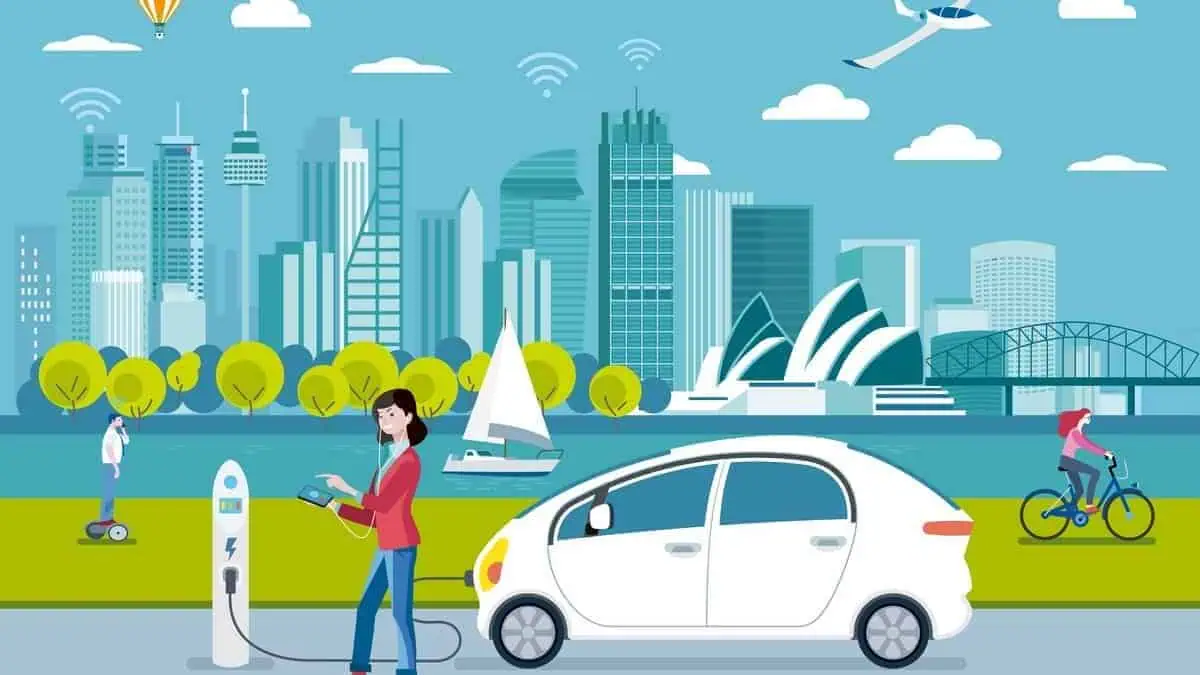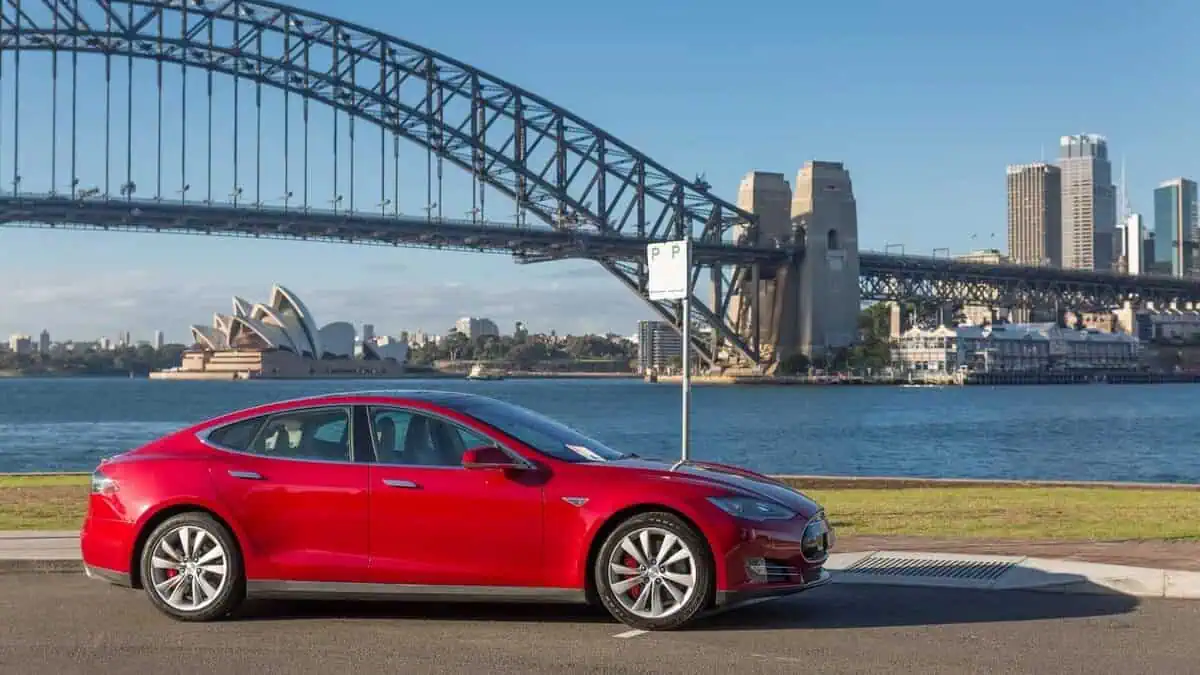Electric vehicle models are starting to be cheaper in Australia amid the rapid growth of the technology. According to the Royal Automobile Club of Queensland’s (RACQ) 2023 Vehicle Operating Costs survey, EVs are in the top three cheapest vehicles to own under the small car and medium SUV category.
2023 Vehicle Operating Costs survey
RACQ recently completed its Vehicle Operating Costs survey for this year, CarExpert reported. The survey involved electric vehicle models among internal combustion engine (ICE) vehicles to facilitate direct comparisons.
The Vehicle Operating Costs survey measures the cost of ownership and running vehicles. It weighs various factors for a five-year period, including the following:
- estimated drive-away price
- novated lease repayments
- registration and insurance costs
- fuel or electricity usage
- servicing
- tyres
Result highlights
The results revealed that the most expensive vehicle to run is the Toyota LandCruiser 300 Series at $2396.04 every month. Meanwhile, the cheapest model to run is the MG 3 Core for $727.84/month.
As for the electric vehicles, the LDV eT60 dual cab is the most expensive model to run at a $2243.64 monthly average.
On the other hand, the cheapest small car to run is the Hyundai i30 for an average of $963.22 per month. Meanwhile, the GWM Ora Standard Range EV ($977.46) is only $1.05 higher than the iconic Toyota Corolla Ascent Sport ($976.41).
Meanwhile, the Honda CR-V Vi dominated the rankings of the most affordable vehicle in the medium SUV category at $1123/month. The Toyota RAV4 GX followed it with an average monthly running cost of $1149. The all-electric BYD Atto 3 ($1154) landed the third spot in this particular category.
Presented below is the table of the cheapest vehicle to run in each category:
| Segment | Cheapest vehicle | Monthly running cost |
| Light cars | MG 3 Core | $727.84 |
| SUV small | Hyundai Venue (base) | $917.32 |
| Small cars | Hyundai i30 (base) | $963.22 |
| Electric | GWM Ora Standard Rang | $977.46 |
| Medium cars | Toyota Camry Ascent | $1095.41 |
| SUV medium | Honda CR-V Vi | $1123.93 |
| Light commercial 4×2 | Isuzu D-Max SX dual cab 1.9L | $1313.99 |
| SUV large | Subaru Outback (base) | $1378.47 |
| Light commercial 4×4 | GWM Ute Cannon-L | $1388.98 |
| All Terrain | Mitsubishi Pajero Sport GLX | $1524.99 |
| People movers | Kia Carnival S | $1558.01 |
Chinese models dominate the cheapest EV rankings
The RACQ survey revealed that the top three cheapest electric cars to tun in Australia are all China-made models. These models include the following:
- GWM Ora Standard Range ($977.46)
- MG ZS Excite Standard Range ($1030.26)
- BYD Atto 3 Standard Range ($1154.01)
“The BYD Atto 3 was the third cheapest out of a group of 13 medium SUVs on the Australian market, costing $1,154 per month to own and operate over a five-year loan.”
Ged Bulmer, RACQ motoring editor
Chinese electric automakers have access to a robust and reliable supply chain network in their home country, which makes it easier and cheaper for them to acquire raw materials. It is a key factor that drives down production expenses, resulting in lower-priced models.
“With increased competition due to a recent influx of EVs onto the Australian market and boosted financial incentives from governments, we expect the ownership costs for certain electric cars to continue trending down. We do however need to see different EV models coming into Australia, particularly in the small vehicle, Ute, and 4WD segments, which is why the RACQ supports the Federal Government’s new vehicle Fuel Efficiency Standard.”
Ged Bulmer, RACQ motoring editor
See Also:
- Australia’s EV market is growing with more affordable models
- Australia’s 10 best selling EV models in November 2022
- Australia may incentivize solar-based electric vehicle charging
- BMW to deliver cheaper EVs in Australia by late 2023 to early 2024
- US, Canada, Australia among 23 countries to hit 5% crucial tipping point for EV adoption
Electric vehicle adoption is widely expanding across the world. Customers are now more open to this new technology that can potentially replace traditional vehicles in the future. However, EV models must first become more affordable and compete with ICE models’ prices to encourage people to join the e-mobility shift.
You can access the RACQ’s comprehensive report here.






